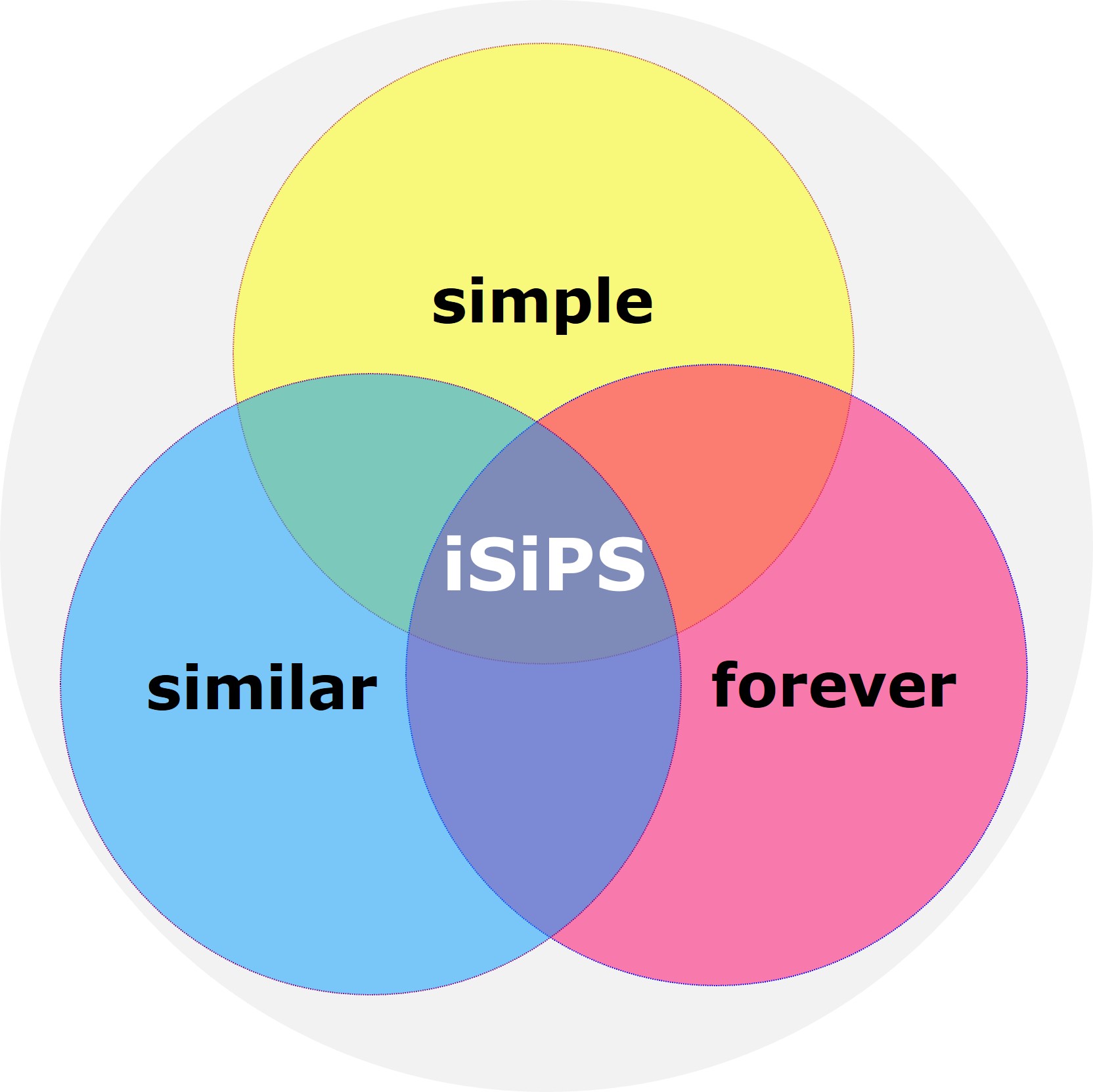“Of what there is no experience, one can hardly give a certain reason.”
(St. Teresa of Avila, 1515-1582, M6 9,4)
The only source of certain knowledge is experience, i.e., the observation of facts or events.
certain adj. that you can rely on to happen or to be true.
It is difficult to give a clear account of something that one has not experienced.
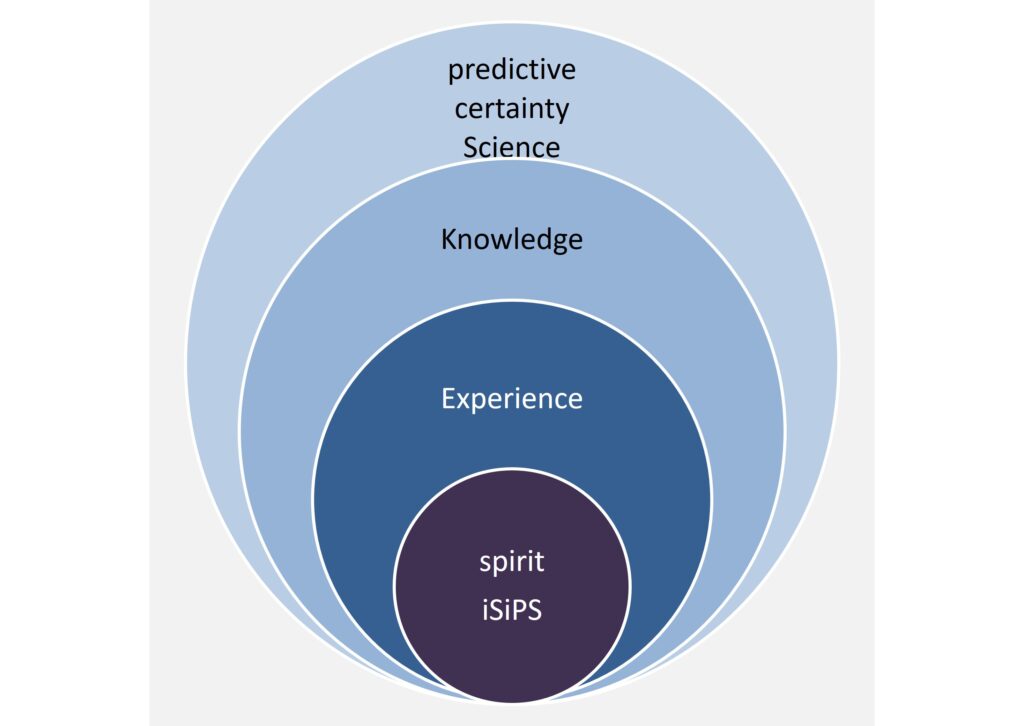
Experiment: the action of trying anything; a test, trial.
A procedure adopted in uncertainty wfether it will answer thr purpose.
An action or operation undertaken in order to discover something unknown, to test a hypothesis, or establish or illustrate some known truth.
ISiPS practical experience to gain certain knowledge and to dispel doubt.
We all learn by experience, and after many years of personal experience as patients and beneficiaries of Hahnemannian quality of Homœo-pathy, and after many years of practical experience in treating patients’ diseases and conditions with pure, perfectly simple Homœo-pathy, the educated scholars on the board of directors of this independent website have decided that the time has come for us to offer, to present our gained valuable experience and skills to the public.
Well aware of the impressive actuality of inherent simpleness in the principle of similiude (iSiPS) in our lifes and in all domains of the existence, our ultimate goal must be iSiPS teaching. As iSiPS discoverers and world’s authorities on iSiPS, we aim at filling in the major knowledge gap existing in university education, in general, and in medical education and training, in particular, which biases graduates’ and postgraduates’ logic, reasoning, decision-making and practice.

Our spirit, the subject of experience
We are a life¦spirit unit, an analogy¦ energy unit endowed with spirit (Ǽi). Our spirit (< Iberian Rommany chanisperó) is the subject of every experience. Therefore, it’s the subject of all knowledge! Indeed it has the ability to report its first-hand experience, i.e., subjective impressions, symbolically, through words!
Our spirit is pure simpleness, and iSiPS, as already said, is the very foundation of all evidence! Moreover, our spirit aspires to the experience, to the certain knowledge of Truth!,…on that day, on which the ultimate evidence will make all faith unnecessary!
To aspire: to have a strong desire to achieve or to become sth.
The strictly scientific way to grasp the reality takes place when oneself (one’s spirit) is the subject of the experience, i.e., of knowledge, so that oneself is working with first-hand materials, i.e., impressions.
The (spiritual, personal) experience is the mould of science.
Here, it begins the supreme scientificity of individual (chronic) cases with long-term follow-up in the certain way of healing, since having administered a photodynamic homœopathic simpleness, as sole therapeutic variable, and often after the failure of previous apparently well-indicated ones.
In the light of iSiPS, individual (chronic) cases, that are not susceptible to be treated statistically, accomplishing the above mentioned requirements for the sake of reliability, and that are in the certain way of healing, occupy the highest level of the pyramide of scientific evidence!
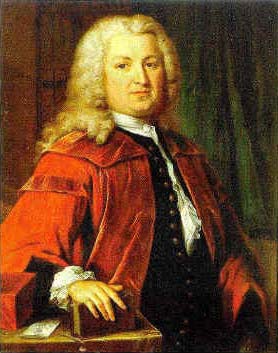
Experimentation on healthy subjects only, for the sake of semiotic certainty!
Albrecht von Haller, 1771
There is therefore no other possible way in which the peculiar effects of analogy¦energy units [Arzneien] on the health of individuals can be accurately ascertained ─ there is no sure, np more natural way of accomplishing this object, than to administer the several analogy¦energy units [Arzneien] experimentally, in moderate doses, to healthy persons, in order to ascertain what changes, symptoms and sings of their influence each individually produces on the health of the body and of the mind; that is to say, what disease elements they are able and tend to produce,… [Org 5-6, § 108].
Not one single physician, as far as I know, during the previous three thousand five hundred years, thought of this so natural, so absolutely necessary and only genuine mode of testing analogy¦energy units (Æis) [Arzneien] for their pure and peculiar effects in deranging the health of man, in order to learn what morbid state each analogy¦energy unit (Æi) [Arznei] is capable of curing, except the great and immortal Albrecht von Haller. Only this man, although not a general practitioner, saw before me, the necessity of this (vide the Preface to the Pharmacopœia Helvet., Basil, 1771, fol., p. 12): «Nempe primum in corpore sano medela tentanda est, sine peregrina ulla miscela; odoreque et sapore ejus exploratis, exigus illius dosis ingerenda et ad omnes, quae inde contingunt, affectiones, quis pulsus, qui calor, quae respiratio, quaenam excretiones, attendendum. Inde ad ductum phaenomenorum, in sano obviorum, transeas ad experimenta in corpore aegroto etc.» But no one, not a single physician attended to or followed up this invaluable hint. [Org 1-6, 5-6 § 108 1)].
William Cullen’s Treatise of the Materia Medica, 1789
- In 1789 William Cullen (1710-1790) published A Treatise of the Materia Medica, in two volums.
- Hahnemann translated it into German under the title Abhandlung über die Materia Medika, and in 1790 his translation was published.kjk
- Remarkably, Hahnemann didn’t translate into German the Latin noun phrase «Materia medica» of the title of Cullen’s work,
- because this noun phrase summarized the material points of view of the pre-scientific, short-sighted old school, with its uncertain «Materia medica», full of guess-work and untruths.
The young Hahnemann had recovered from an intemittent fever, and therefore he had learnt by first-hand experience its semiotic (signs and symptoms). When Hahnemann translated Cullen‘s explanations about Cinchona bark and its properties against intermttent fever, he took the decision to put into practice Albrecht von Haller‘s hints to experience analogy¦energy units only on healthy subjects in order to ascertain what disease elements they are able and tend to produce experimentally. He decided to make a proving of Cinchona bark [1] on himself.
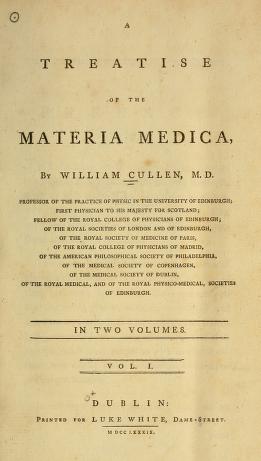
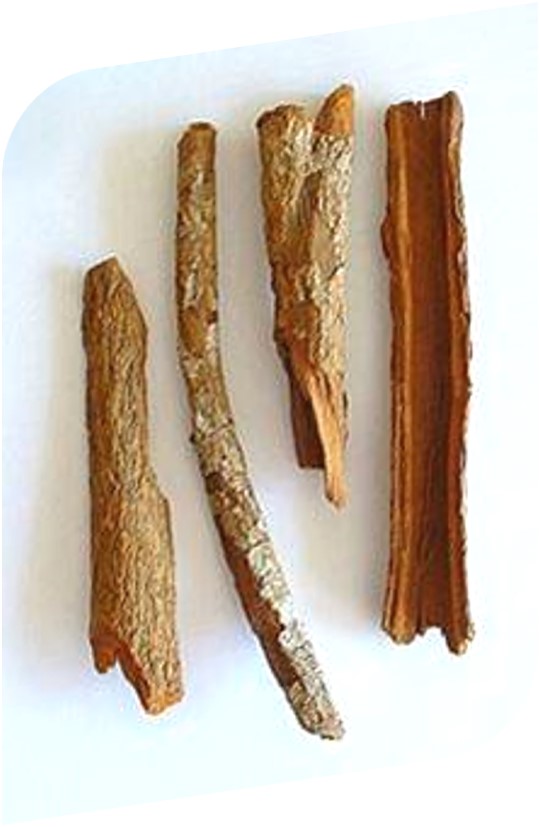
1790, Hahnemann’s Cinchona bark proving
“As long ago as the year 1790 I made the first pure trial with cinchona bark upon myself in reference to its power of exciting intermittent fever.
With this first trial broke upon me the dawn that has since brightened into the most brilliant day of the healing doctrine;”
“… that it is only in virtue of their forces to make the healthy human being ill that Æis [Arzneien] can cure morbid states,…” [Chinarinde, RAML Bd. 3. 1817].
Cinchona bark given in large doses to sensitive, yet healthy individuals, produces a true attack of fever, very similar to the intermittent fever, and for ths reason, it overpowers, and thus cures the latter, not only probably, but quite certainly. [Hahnemann, Essay on a New Principle for Ascertaining The Curative Powers of Analogy¦Energy Substances, 1796].
Hahnemann was beginning to prefigure the scientific photodynamic simpleness: experimental, semiotic, diagnostic¦therapeutic, i.e., the ABC (the basic facts) of pure, perfectly simple Homœopathy.
He was beginning to prefigure the photodynamic homœopathic simpleness!
Edward Jenner’s original smallpox vaccine
- Like any other doctor of the time, Edward Jenner carried out variolation to protect his patients from smallpox. However, from the early days of his career Edward Jenner had been intrigued by country-lore which said that people who caught cowpox from their cows could not catch smallpox. This and his own experience of variolation as a boy and the risks that accompanied it led him to undertake the most important research of his life.
- Variola = smallpox (disease). Variola virus = smallpox virus (the mediatory infectious contagious transmittable agent of variola/smallpox disease whenever it contacts a susceptible host).
- The vaccine was systematized by Edward Jenner at the end of 18th century, and its protective effect is an example of the phenomenon of cross-immunity between microbial species mediating a quite similar semiology.
- Mimicking the antivariolous protective effect of accidental infection of cowpox, the smallpox vaccine extinguished the pre-existent susceptibility to variolous contagion, when administered to unexposed hosts.
- Such an epistemological regression justifies introducing the neologism ‘pseudovaccine’ in the scientific language and medical communication, for the sake of clarity.
- Smallpox coming on after vaccination, as well on account of its greater strenght as its great similarity, at once removes entirely the cow-pox homœopathically, and does not permit it to come to maturity; but, on the other hand, the cow-pox when near maturity does, on account of its great similarity, homœopatically diminish very much the supervening smallpox and make it much milder, as Mühry and many others testify.
- This seems to be the reason for this benefical remarkable fact, namely that since the general distribution of Jenner‘s Cow Pox vaccination, human smallpox never again appeared as epidemically or virulently as 40-50 years before when one city visited lost at least one-half and often three-quarters of its children by death of this miserable pestilence. [Org 2-6, 5-6 § 46 6)].
Jenner’s experience: iSiPS Experience!
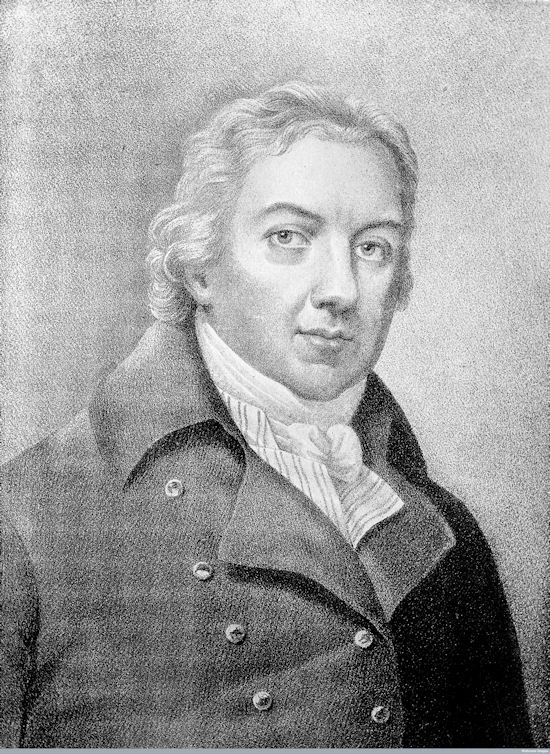
In 1772 at the age of 23, Edward Jenner returned to Berkeley and established himself as the local practitioner and surgeon.
Cowpox is a mild viral infection of cows. It causes a few weeping spots (pocks) on their udders, but little discomfort. Milkmaids occasionally caught cowpox from the cows. Although they felt rather off-colour for a few days and developed a small number of pocks, usually on the hand, the disease did not trouble them.
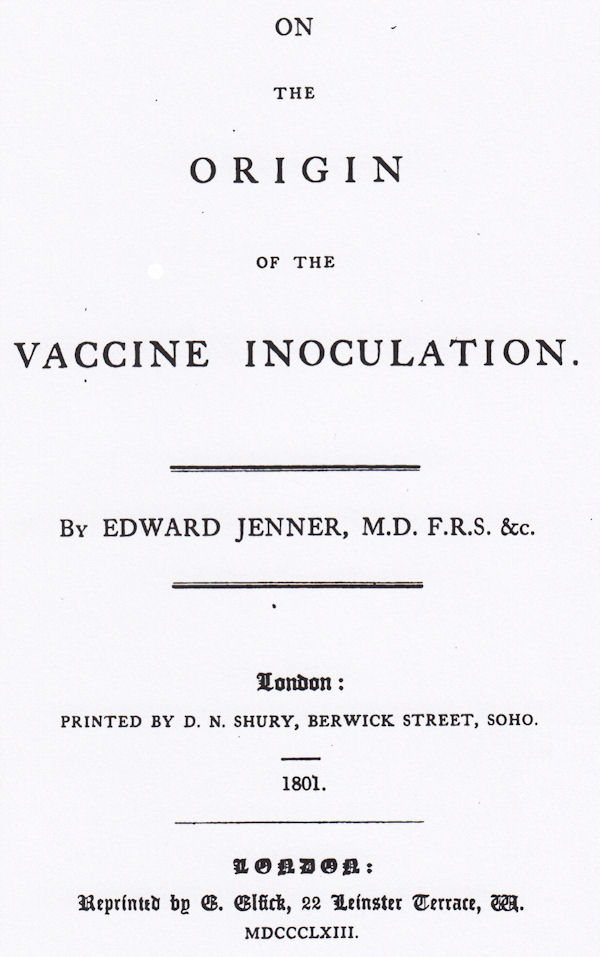
Jennerian viral anaprophylaxis constituted a significant analogical progression from the previously practised variolization, and contributed –similia similibus– to the eradication of human smallpox.
However, it is an exception of the normative microbial specificity of current “vaccinological” isopatic (aequalia aequalibus) –per idem– medical interventions. They neglect the original foundation of the vaccine, i.e., inherent simpleness in the principle of similitude (iSiPS), and its intrinsic law of healing by means of semiotic similitude.
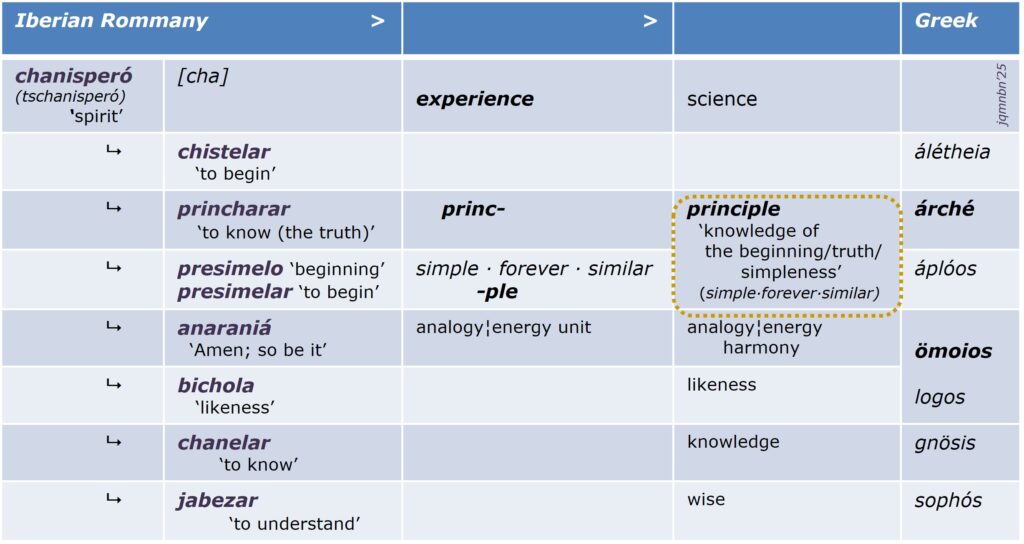
Human being’s life¦spirit unit is the subject of all experience, that is, of science. Science can be defined as the knowledge about the structure and behaviour of the natural and physical world, based on facts that you can prove, for example by experiments. The ‘new principle‘ for ascertaining the curative powers of analogical¦energetic substances, postulated by Hahnemann, is the experimental application on healthy subjects of an analogy¦energy unit (Æi), i.e., of a photodynamic simpleness. In brief, it’s the experimental application of inherent simpleness in the principle of similitude (iSiPS).
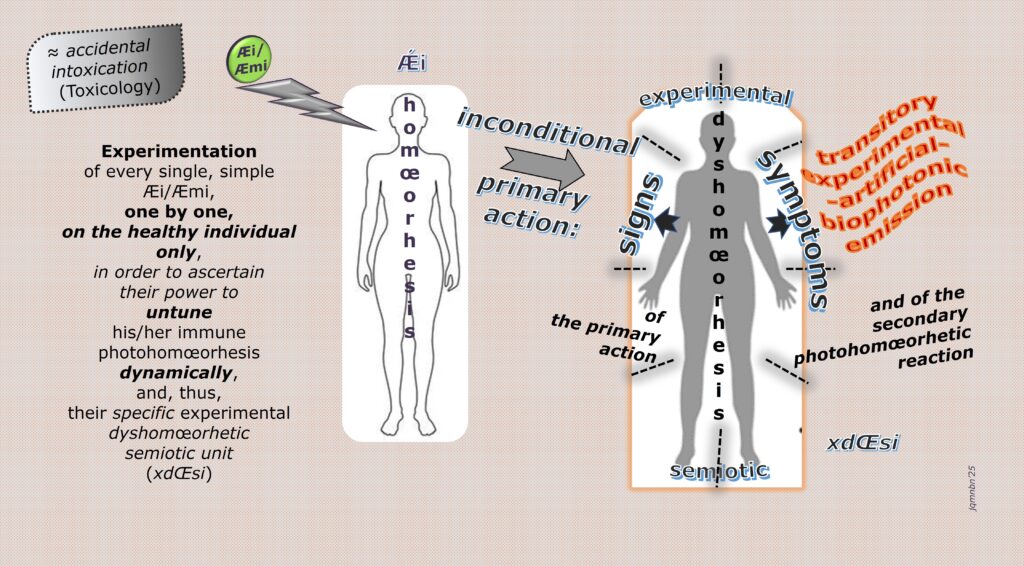
To ascertain the pure effects of natural substances on the healthy human body.
In such experiments ─on which the certainty of the entire art and technique of healing [Heilkunst] and the well-being of all future generations of mankind depend─ no other analogy¦energy units [Arzneien] should be employed except such as are perfectly well known, and of whose purity, authenticity, anf full potency one is thoroughly assured.
Hahnemann, Org 1-6, 5-6 § 122
Uncompromisingly scientific for experimental verification, he verified his induction scientifically for all time on his patients and made his method of symptom-similarity for all time the central curative method of scientific medical therapeutics. For over two hundred years this method has been consciously or unconsciously followed by the medical profession.
Pure experimentation of (dynamized) analogical¦energetic unities (Æis) on the healthy individual only for the sake of experimental semiotic certainty!
1796, Essay on a new principle for ascertaining the curative powers of analogy¦energy substances
Nothing then remains but to test the analogy¦energy units (Ǽis) [Arzneien] we wish to investigate on the human body itself.
The true physician, whose sole aim is to perfect his art, can avail himself of no othe information respecting analogy¦energy units (Æis) [Arzneien], than:
First. What is the pure action of each by itself on the healthy human body in this or that dosis?
Second. What do the observations of its action in this or that simple or complex disease teach us?
Every effective analogy¦energy mediatory unit (Æmi) [Arzneimittel] produces in the human body a kind of peculiar disease; the more effective the analogy¦energy unit (Æi) [Arznei], the more peculiar, outstanding, and intensive the disease.
We should imitate nature, which sometimes cures a chronic disease by superadding another, and employ in the (especially chronic) disease we wish to cure, that analogy¦energy mediatory unit [Arzneimittel] which is able to produce another very similar artificial disease, and the former will be cured; similia similibus.
It is indeniable that to ascribe any powers to an analogical¦energetic substance [Arzneisubstanz] which was never tested purely, that is, unless along with others, consequently was as good as never tested at all, is to be guilty of deception and falsehood.
Hahnemann, Examination of the sources of the common Materia medica, Summa of Pure Semiotics, 1825
The era of scientific medical experimentation begins with Hahnemann and nobody else. Scientific to the core, Hahnemann experimented scientifically for scientific observation.
Healing Technique of the Experience (Heilkunde der Erfahrung, 1805)
- Behold, the Primary Source of all love only disinherited man of the animal nature in order to endow him all the more richly with that spark of divinity, a spirit, which enables man to elicit from himself the satisfaction of all his requirements, and a full measure of all conceivable benefits, and to develop from himself the innumerable advantages that exalt the children of this earth far above every other living thing ─ a spirit that, indestructible itself, is capable of creating for its tenement, its frail animal nature, more powerful means for its sustenance, protection, defence and confort, than any of the most favoured creatures can boast of having derived directly from nature.
- The Father of mankind has chiefly reckoned on this energy of the human spirit to discover aids [Hülfsmittel] for the prevention of evils and disorders to which the delicate organism of man is exposed.
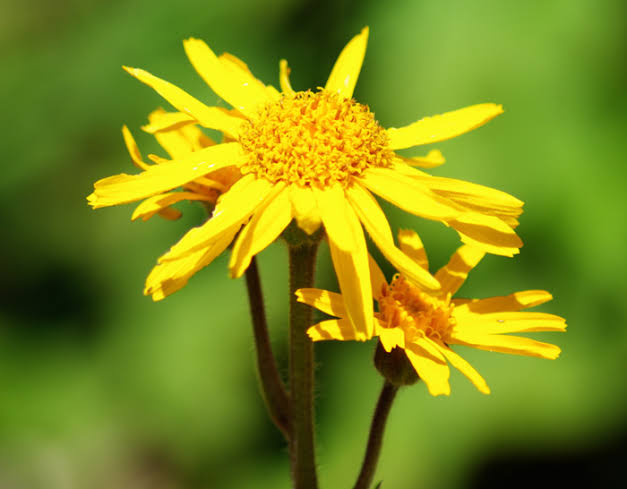
The healing Technique [Heilkunde] is a science of experience; its object is to eradicate diseases through aids, succours [Hülfsmittel].
The knowledge of diseases, the knowledge of aids, and the knowledge of their employement, constitute the healing Technique (applied Science).
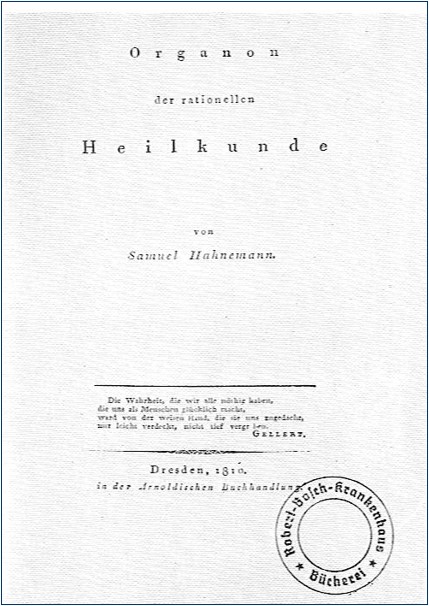
A serious honest revision of the healing Art and Technique, i.e., of the practical part of medicine only, with the healing art itself, in order to show how it is that diseases have hitherto been so imperfectlty treated.
If the physician clearly inspects what is to be cured in diseases, that is to say, in every individual case of disease (knowledge of the disease, indication), if he clearly inspects what is curative in analogy¦energy units [Arzneien], that is to say, in each individual analogy¦energy unit [Arznei] (knowledge of the power of the analogy¦energy units), and if he knows how to adapt, according to clearly defined grounds, what is curative in analogy¦energy units to what he has discovered to be undoubtedly morbid in the patient, so that the recovery must ensue ─ to adapt it, as well in respect to the suitability of the analogy¦energy unit [Arznei] most appropriate according to its mode of action to the case before him (choice of the aid, the indicated one), as also in respect to the exact mode of preparation and quantity of it required (proper dose), and the proper period for repeating the dose: ─ if, finally, he knows the obstacles to recovery in each case and is aware how to remove them, so that the restoration may be permanent: then he understands how to treat purposefully and thoroughly, and he is a rational practitioner of the healing art.
[Organon of the rational Healing Technique, 1810, § 3]
As the rational practitioner of the healing art finds in simple analogy¦energy units [Arzneien], administered singly and uncombined, all that he can possibly desire (artificial disease-forces which are able by homœopathic power completely to owerpower, extinguish, and permanently cure natural diseases), he will, mindful to the wise maxim that “quod fieri potest per pauca, non debet fieri per plura” (“it is wrong to attempt to employ complex means when simple means suffice“), never think of giving as an aid, as a succour, any but a single, simple analogy¦ energy stuff [Arzneistoff]; for these reasons also, because even though the simple analogy¦energy units [Arzneien] were thoroughly proved with respect to their pure peculiar effects on the unimpaired healthy state of man, it is yet impossible to foresee how two or more analogy¦energy stuffs might, when combined, hinder and alter each other’s actions on the human body; and because, on the other hand, a simple analogy¦energy stuff when used in diseases, the totality of whose symptoms is accurately known, renders complete aid by itself alone, if it be homœopathically selected; and supposing the worst case to happen, that it was not chosen on strict conformity to similarity of symptoms, and therefore does no good, it is yet so far useful that it promotes our knowledge of healing mediatory units, because, by the new symptoms excited by it in such a case, those symptoms which this analogy¦ energy stuff had already shown in experiments on the healthy human body are confirmed, an advantage thar is lost by the employement of all combined means.
[Organon of the rational Healing Technique, 1810, § 236; 1-6, 5-6 § 274]
1810. Organon of the rational Healing Technique [Organon der rationellen Heilkunde]
“The truth we mortals need
Us blest to make and keep,
The All-wise slightly covered over
But did not bury deep.”
Gellert
There have occasionally been physicians who vaguely surmised that analogy¦energy units [Arzneien] cure analogous morbid states by the power they posses of producing analogous morbid symptoms.
Thus the author of the book: perí tópon tón kàt ánthropon (About places according to people) —– [Basil, Froben, 1538, p. 72] which is among the writings attibuted to Hippocrates, has the following remarkable words: “dià tà ómoía noúsos gínetaí, kai dia tà ómoia prosférerómena ék noseúnton úgiaínontai .- dia tò eméein épetos paúetai” (‘For the same things are done, and for the same things are offered, those who are sick are healed. – For me, the year is ended’.)
- Later physicians have also felt the truth of the homœopathic healing art.
- Thus for instance, Boulduc inspected that the purgative proprety of rhubarb was the cause of its power to allay diarrhea.
- Detharding guessed that the infusion of senna leaves relieved colic in adults by virtue of its analogous action in causing colic in healthy persons.
- Berthelon confesses that in diseases electricity diminishes and removes pain very similar to what which itself produces.
- Thoury testifies that positive electricity possesses the power of quickening the pulse, but when that is already morbidly accelerated it diminishes its frequency.
- How near was the thruth sometimes of being apprehended!
In his seminal scientific-philosophic-medical work, Hahnemann presents several examples of well known therapeutic applications of iSiPS for specific disorders, i.e., well known examples of specific therapeutic iSiPS experiences in everyday life.
Organon of the Healing Art and Technique [Organon der Heilkunst, 1819]
- Now, however, in all careful trials, pure experience, the sole and infalible oracle of the healing art, teaches us that actually that analogy¦energy unit [Arznei] which, in its action on the healthy human body, has demonstrated its power of producing the greatest number of symptoms similar to those observable in the case of disease under treatment, does also, in doses of suitable potency and attenuation, rapidly, radically and permanently remove the totality of the symptoms of this morbid state, that is to say, the whole disease present, and change it into health; and that all analogy¦energy units [Arzneien] cure, without exception, those diseases whose symptoms most nearly resemble their own, and leave none of then uncured. [Organon, 2-6, 5-6 § 25]
- This depends on the following homœopathic law of nature which was sometimes, indeed, vaguely surmised but not hitherto fully recognized, and to which is due every real cure that has ever taken place: A weaker dynamic affection is permanently extinguished in the living organism by a stronger one, if the latter (whilst differing in kind) is very similar to the former in its manifestations. [Organon, 2-6. 5-6 § 26]
- Examples of applications, practical uses of inherent simpleness in the principle of similitude (iSiPS) to care and to cure specific disorders and conditions:
- As already stated, later physicians have also felt and expressed the truth of the homœopathic healing art:
- John Hunter (On the Venereal Disease, p. 4) had already observed that two fevers (similar diseases) cannot co-exist in the same body.
- Von Stoerck makes the following suggestion: “If stramonium disorders the mind and produces mania in healthy persons, ought we not to try if in cases of insanity it cannot restore healthy reason by rearranging the ideas?”.
- But a Danish army physician, of the name of Stahl,
 has expressed his convictions on this point in the most unequivocal terms. “The rule generally acted on in the Art and Technique of analogy¦ energy units [Arzneikunst] says he, “to treat by means of oppositely acting agents (contraria contrariis)” is quite false and the reverse of what ought to be; I am, on the contrary, convinced that diseases will yield to, and be cured by means that produce a similar affection (similia similibus), ─
has expressed his convictions on this point in the most unequivocal terms. “The rule generally acted on in the Art and Technique of analogy¦ energy units [Arzneikunst] says he, “to treat by means of oppositely acting agents (contraria contrariis)” is quite false and the reverse of what ought to be; I am, on the contrary, convinced that diseases will yield to, and be cured by means that produce a similar affection (similia similibus), ─
- burns by exposure to the fire;
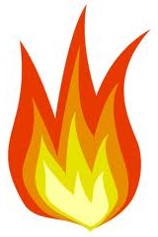
- frost-bitten limbs by the application of snow and the coldest water;

- inflammation and bruises by distilled spirits;
- and in like manner I have treated a tendency to acidity of the stomach by a very small dose of sulphuric acid with the most successful result, in cases where a number of absorbent powders had been fruitlessly employed.
- burns by exposure to the fire;
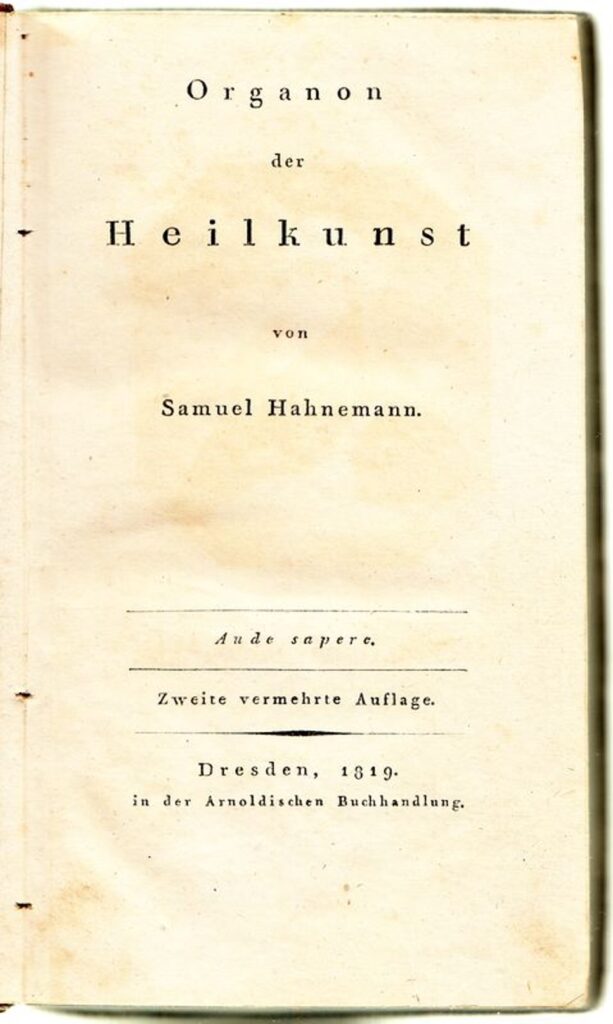
- Thus are cured both physical affections and moral maladies:
- How is it that in the early dawn the brilliant Jupiter vanishes from the gaze of the beholder? By the stronger very similar power acting on his optic nerve, the brightness of apptoaching day!
- In situations replete with fœtid odours, wherewith is it usual to soothe effectually the offended olfactory nerves? With snuff that affects the sense of smell in a similar but stronger manner! No music, no sugared cake, which act on the nerves of other senses, can cure this olfactory disgust.
- How does the soldier cunningly stiefle the piteous cries of him who runs the gauntlet from the ears of the compassionate bystanders? By the shrill notes of the fife commingled with the roll of the noisy drum! And the distant roar of the enemy’s canon that inspires his army with fear? By the loud boom of the big drum! For neither the one nor the other would the distribution of a brilliant piece of uniform nor a reprimand to the regiment suffice.
- In like manner, mourning and sorrow will be effaced from the mind by the account of another and still greater cause for sorrow happening to another, even thought it be a mere fiction.
- The injurious consequences of too great joy will be removed by drinking coffee, which produces an excessively joyous state of mind.
How near was the great truth sometimes of being apprehended! But is was dismissed with a mere passing thought, and thus the so indispensable change of the antiquated medical treatment of disease, of the unsuitable manners of “curing” hitherto in vogue, into a real, true, and certain healing art and technique, remained to be accomplished in our own times.


1827. Dynamization /Potentization
- 1827. Introduction of the concept Potentization.
- How can small doses of such very attenuated analogy¦energy unit, as Homœopathy prescribes, stll possess great power? [Wie können kleine Gaben so sehr verdünnter Arznei, wie die Homöopathie sie vorschreibt, noch Kraft, noch große Kraft haben? 1827].
- Analogy¦energy stuffs [Arznei-Stoffe] are not dead substances in the ordinary sense of the term, on the contrary, their true essential nature is only dynamically spiritual ─ is pure force, which may be increased in potency by the most wonderful process of trituration (and succussion) according the homœopathic method, almost to an infinite degree.
- Photodynamic simpleness (Hahnemann):
- fitting human being’s analogy¦energy unit endowed with spirit of every healthy individual;
- targeting halthy prover’s starting point of illness;
- developing and unlocking the specific pure force (power) of every analogy¦energy unit (Æi);
- optimizing the experimental dyshomœorhetic¦semiotic efficacy of every Æi [xdŒsi];
- ascertaining the pathogenic semiotic tendencies of every single, simple Æi.
But if a grain of gold leaf be triturated strongly for an hour in a porcelain mortar with one hundred grains of sugar of milk, the powder that results (the fisrt trituration) possesses a considerable amount of analogical¦energetic power [Arznei-Kraft]. If a grain of this powder be triturated as strongly and as long with another hundred grains of sugar of milk, the preparation attains a much greater analogical¦energetic power, and if this process be continued, and a grain of the previous trituration be rubbed up as strongly and for as long a time, each time with a fresh hundred grains of sugar of milk until, after fifteen such triturations, the quintillionth arrenuation of the original grain of gold leaf is obtained, then the last attenuations do not disply a weaker. but on the contrary, the most penetrating, the greatest analogical¦energetic power of the whole of the attenuations. It gives an analogy¦enegy unit [Arznei], in which the analogical¦ energetic forces [Arzneikräfte] ─completely latent and locked up in gold in its massive state─ are so strikingly called into life and roused and developed into activity, that a single grain of the last (quintillionth) attenuation put into a small, clean phial, will restore a morbidly desponding individual, a victim of melancholia loathing life and driven to contemplate suicide by intolerable anxiety, in less than an hour to a peaceful state of mind, to love of life, to happiness, and horror of his contemplated act, if he perform but a single olfaction on the phial, or put on his tongue a quantity of this powder no bigger than a grain of sand!
Analogy¦energy units (Æis) photo-dynamization/potenti-zation (Hahnemann): photodynamic simpleness for the sake of experimental and therapeutic efficiency!
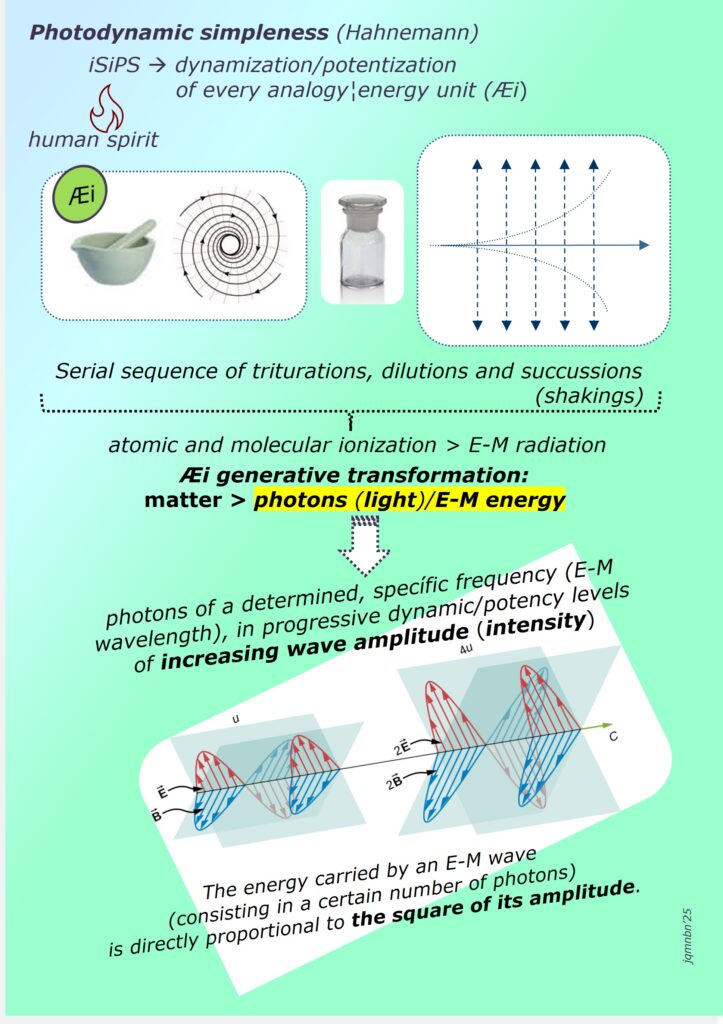
Thus pure gold, silver or platina have no action on the human health in their solid state ─ and the same is the case with vegetable charcoal in its crude state. Several grains of gold leaf, silver leaf or charcoal may be taken by the most sensitive person without his perceiving any analogical¦energetic [arzneiliche] action from it. All these substances present themselves to us in a state of suspended animation as far as regards their analogical¦ energetic [arzneiliche] action.
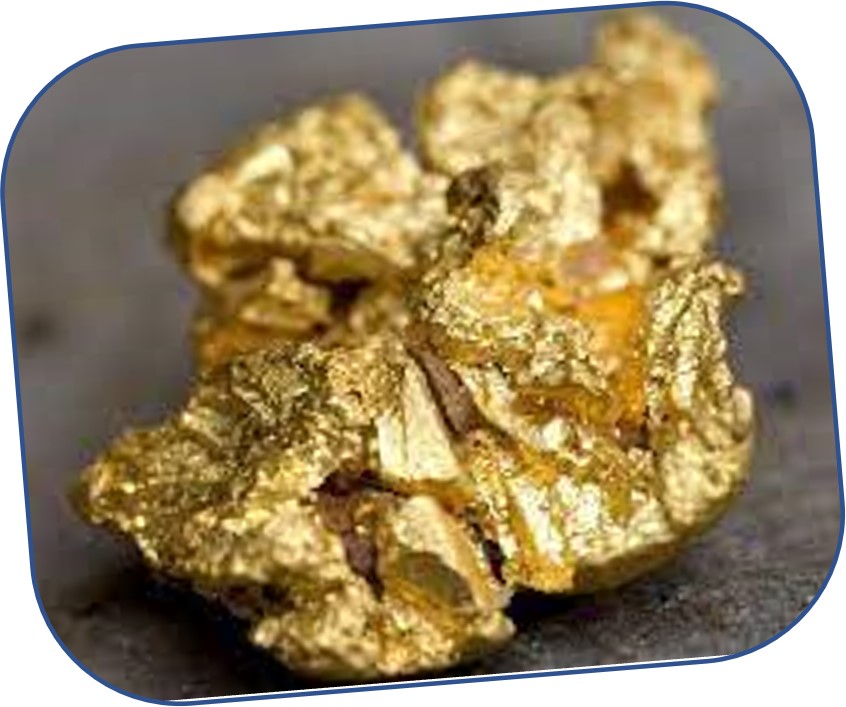
The mode of attenuating analogy¦energy units (Æis) for homœopathic use effects not only an equal distribution of the analogy¦energy drop throughout a great proportional quantity of a not analogical¦energetic fluid [unarzneiliche Flüssigkeit], but it also happens ─and this is of infinitely greater importance─ that by rhe succussion or trituration employed, a change is effected in the mixture, which is so incrediily great and so unconceivably curative, that this development of the spiritual forces of analogy¦energy units [Arzneien] to such a height by means of the multiplird and continued trituration and succussion of a small portion of analogy¦energy substance [Arznei-Substanz] with ever more and more dry or fluid not analogical¦ energetic substances, deserves incontestably to be reckoned among the greatest discoveries of this age.
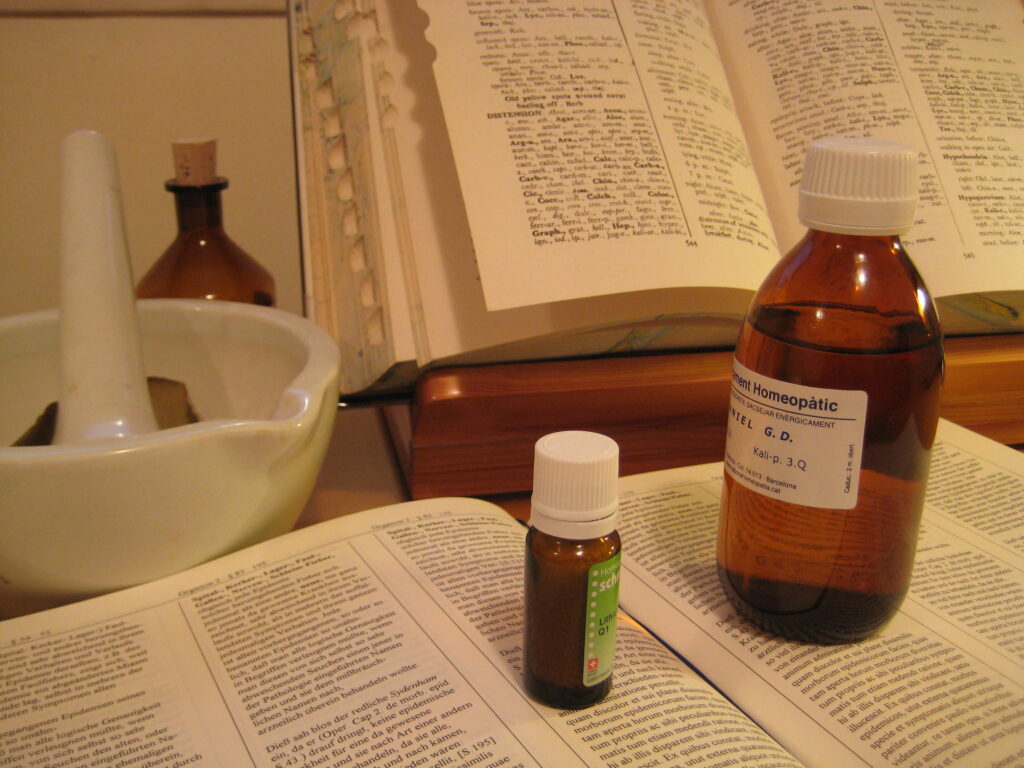
Remember, “of what there is no experience, one can hardly give a certain reason.” Pure, perfectly simple Homœopathy is a personal experience of our life¦spirit unity, whose knowledge and skill can only be gained through direct/first hand experience, while one is being treated homœopathically, with a single, simple analogy¦energy mediatory unit (Æmi) as sole therapeutic variable for each evolutive phase of one’s individual case of disease.
Pure, perfectly simple Homœopathy experience: an iSiPS experience for the sake of predictive and therapeutic certainty and efficiency!
Photodynamic simpleness: experimental, semiotic, diagnostic¦therapeutic
Photodynamic simpleness, discovered by Hahnemann, is the firm basis of the ABC of pure, perfectly simple Homœopathy: experimental, semiotic, and diagnostic¦therapeutic photodynamic simpleness.
Photodynamic homœopathic simpleness is the noun phrase that categorizes and distinguishes every specific analogy¦energy mediatory unit (Æmi) indicated, by semiotic similarity, to each evolutive phase of a given individual chronic case.
Filling in the major knowledge gap existing in university education, advocating the pure, perfectly simple Homœopathy cause, and its supreme scientificity, and fighting for the overdue photodynamic homœopathic simpleness Law, that protect, promote and guarantee the necessary perfection of pure, perfectly simple Homœopathy for the good of the humanity!, is our raison d’être, the most important reason for Simple · Forever · Similar‘s existence.
